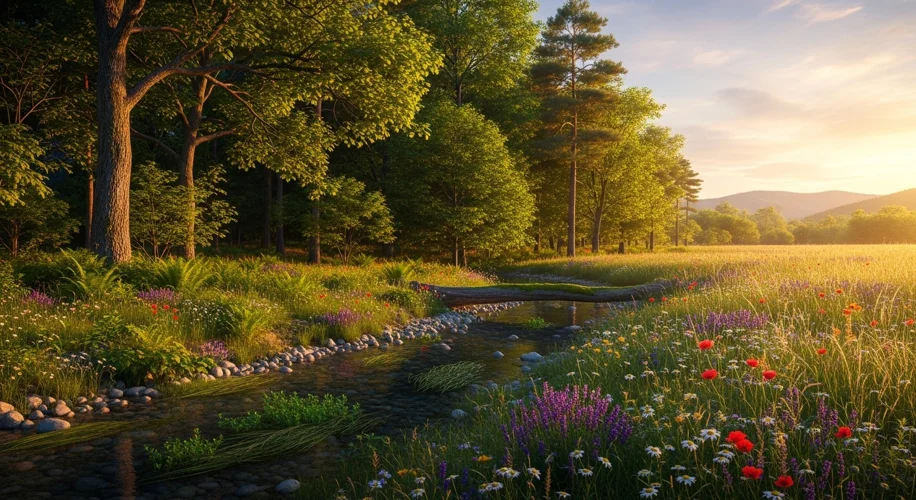Have you ever noticed how certain landscapes just feel… different? Perhaps it’s the edge of a forest meeting a meadow, or where a freshwater river flows into the salty ocean. These aren’t just pretty views; they are ecotones, dynamic transition zones between distinct ecosystems. And as a climate scientist, I find them to be incredibly revealing windows into the health of our planet.
Think of an ecotone as a meeting point, a biological handshake between two different environments. At first glance, they might seem like simple borders. But look closer, and you’ll find they are bursting with life, often hosting a richer diversity of species than either of the ecosystems they connect. This is because they contain elements from both environments, creating unique habitats that can support a wider array of plants and animals.
Consider the salt marsh, an ecotone where freshwater rivers meet the sea. Here, specialized plants have adapted to tolerate both varying salinity levels and tidal influences. These marshes aren’t just unique ecosystems; they are vital nurseries for many fish species and act as crucial buffers, protecting coastlines from storm surges. Similarly, the edge of a forest where it meets grassland, often called a ‘forest-grassland ecotone,’ supports species that thrive in both the open fields and the sheltered woods, creating a complex web of life.
The real importance of ecotones, however, becomes clear when we consider climate change. As temperatures shift and weather patterns change, these transition zones are often the first to feel the impact. Ecosystems are constantly trying to adapt, and ecotones are where much of this adaptation is visible. For instance, as temperatures rise, some species might shift their ranges, pushing into new territories. These shifts often happen along ecotones, showing us how ecosystems are responding to a changing climate in real-time.
Understanding ecotones helps us grasp several key concepts in ecology and climate science:
- Biodiversity Hotspots: Ecotones frequently exhibit higher biodiversity due to the mix of species from adjacent habitats and the presence of unique species adapted to the transition itself.
- Ecosystem Stability: The unique conditions in ecotones can make them more resilient or, conversely, more vulnerable to environmental changes. Their stability is a key indicator of the broader health of interconnected ecosystems.
- Interconnectedness: Ecotones are powerful visual reminders that ecosystems are not isolated units. They are linked, and changes in one area inevitably influence others, often most visibly at these transition points.
As we face a warming planet, the behavior of ecotones offers critical insights. Will they expand or contract? Will the unique species that inhabit them be able to adapt to the rapid changes? By studying these fascinating ‘meeting places’ of nature, we gain a clearer picture of the challenges and opportunities for biodiversity in a future climate. They are, in essence, the planet’s early warning system, and paying attention to them is crucial for informed environmental action.
What can we do? Supporting conservation efforts that protect these transition zones is vital. They are natural laboratories that hold invaluable information about resilience and adaptation. By preserving them, we preserve biodiversity and our planet’s ability to navigate the changes ahead.

